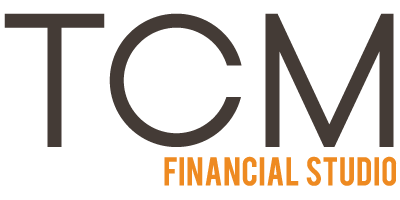RE: Curtis & Jesse – Education Savings
Jesse & Curtis: Will you match our children’s savings for school? Think of the kids!!!!
Thanks for the question Jesse and Curtis! I know someone who will match a portion of your children’s savings for school… the federal and provincial governments! (exciting right?)
The federal government provides a grant called the Canada Education Savings Grant (CESG) for people who contribute to a Registered Education Savings Plan (RESP). Each year the government will provide 20% of contributions up to $2,500 per child. Therefore, the maximum annual grant will be $500 if you contribute the full $2,500. The total maximum CESG that each child can receive is $7,200.
In Saskatchewan, there is also a grant called the Saskatchewan Advantage Grant for Education Savings (SAGES). SAGES provides a grant of 10% on contributions into an RESP to a maximum of $250 per child per year. The maximum grant that can be paid over time is $4,500 per child.
For more information: CLICK HERE
Here are some additional characteristics of RESPs:
- The maximum contributed to an RESP for each child is $50,000 (not including grants).
- RESP contributions are made with after-tax dollars and do not generate a tax deduction. The tax benefit of utilizing an RESP is the tax deferral on the investment income and growth earned within the account until the child withdraws it to pay for education. The tax at this time is usually nil as the child’s income is under the basic personal amount. In addition, the child also accumulates tuition, education, and textbook amounts which generate tax credits.
- If you miss a year of contributions, the CESG can be carried forward to a subsequent year. The maximum annual grant in this situation is $1,000.
- If your child is 16 or 17, he or she can only receive a CESG if you have contributed a total of $2,000 to their RESP before the end of the calendar year in which the child turns 15. Alternatively, the grant is available if you contributed at least $100 per year for any four years before the end of the calendar year for which the child turns 15.
- CESG are no longer available after age 17.
- Qualifying educational programs are those that last 3 or more consecutive weeks and require at least 10 hours per week of time.
- If the RESP is set up as a family plan and one of your children does not attend a qualifying educational program, a sibling can use the money. If the RESP is an individual plan, it can be transferred to a sibling under the age of 21 if the beneficiary stated in the contract does not pursue education.
- If the parents collapse the RESP due to their children not attending a qualifying education program, the unused CESG must be paid back to the government. The Accumulated Income (AI) in the plan will be included in the parent’s income at this time. If the parents would like to defer this taxation, there is an option to transfer the AI to the parent’s RRSP if they have available room. The maximum AI that can be transferred to an RRSP is $50,000.
- Any money that was contributed from the parents over time will be returned to them without tax consequences. This is because the contributions were made with tax-paid dollars.
The above points are a few highlights of RESPs. Education savings is another piece of your financial life that is influenced by numerous other factors. For instance, you will also need to take into account your debt situation, your risk management needs, your goals, how much is required for your personal savings, and the list goes on.
Have a great week everyone!
– Taylor


